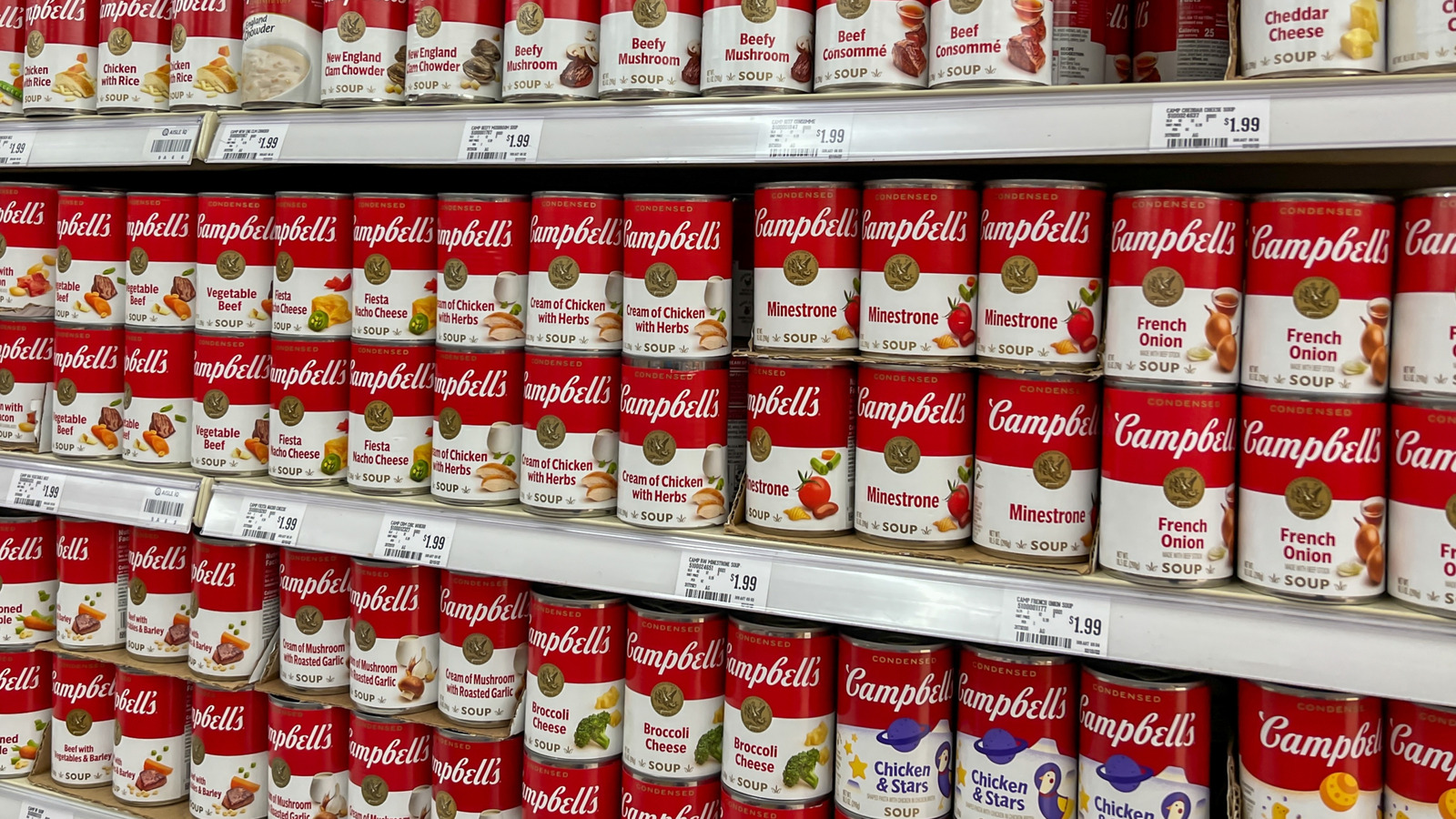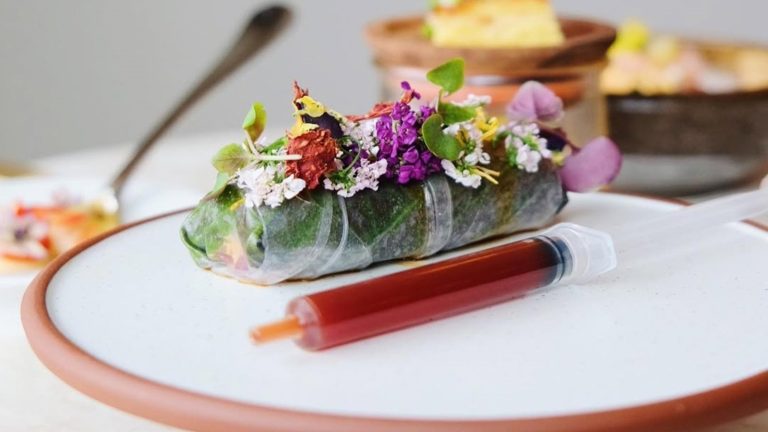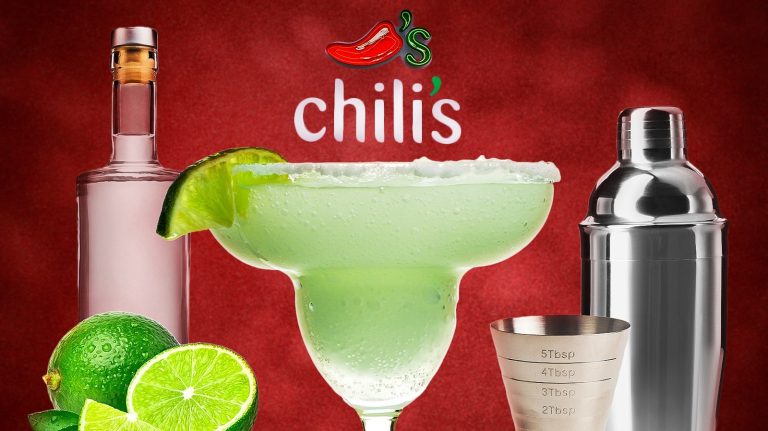Few brands have navigated the kind of lasting endurance that lasts over one century. Campbell’s is one such success story, offering a rich history that has become intertwined with pop culture. In 1869, veggie and fruit vendor Joseph Campbell teamed up with the canning and packing provider Abraham Anderson to start Anderson & Campbell. This entity served as the foundation for the Campbell Soup Company.
The first soup in a jar was unveiled in 1895, and home cooks could crack open the Beefsteak Tomato soup in a convenient, ready-to-heat-and-serve ingredient. Instead of having to whip up tomato soup from scratch, Campbell’s offered people a speedier option and a way to use the ingredient to make sauces, stews, and casseroles. The soup was made with New Jersey beefsteak tomatoes, a produce item that had been one of the company’s mainstays for over two decades. Two years later, the jarred soup was replaced with condensed soup and packaged in cans. These products could be sold at thriftier prices so that more cooks could sample the ingredient.
The iconic design of Campbell’s tomato soup cans
Campbell’s tomato soup label prominently featured a single red tomato sandwiched between stylized letters that clearly indicated the company, Campbell’s, and the item, tomato soup. Other intial flavors included oxtail, vegetable, consommé, and chicken soups. In time, the company was producing nearly two dozen different flavors of condensed soup for shoppers to choose from. The initial price of the product — 10 cents for one soup — didn’t surpass the $1 price tag until 2012.
The stark design of the soup cans was inspired by Cornell’s football uniforms and first appeared on the labels of the canned products in 1898. At the time, this kind of red-and-white branding was a clear differentiator on market shelves, as most product labels were printed in black and white. This recognizable label remains clearly visible on shelves today and was famously recreated by artist Andy Warhol in the early 1960s, lending iconic status to the soup can design. The cans continue to command attention in grocery aisles. And in more recent times, a fleet of cooks have incorporated the soups into recipes to make meals, snacks, and even desserts like tomato soup cake.






